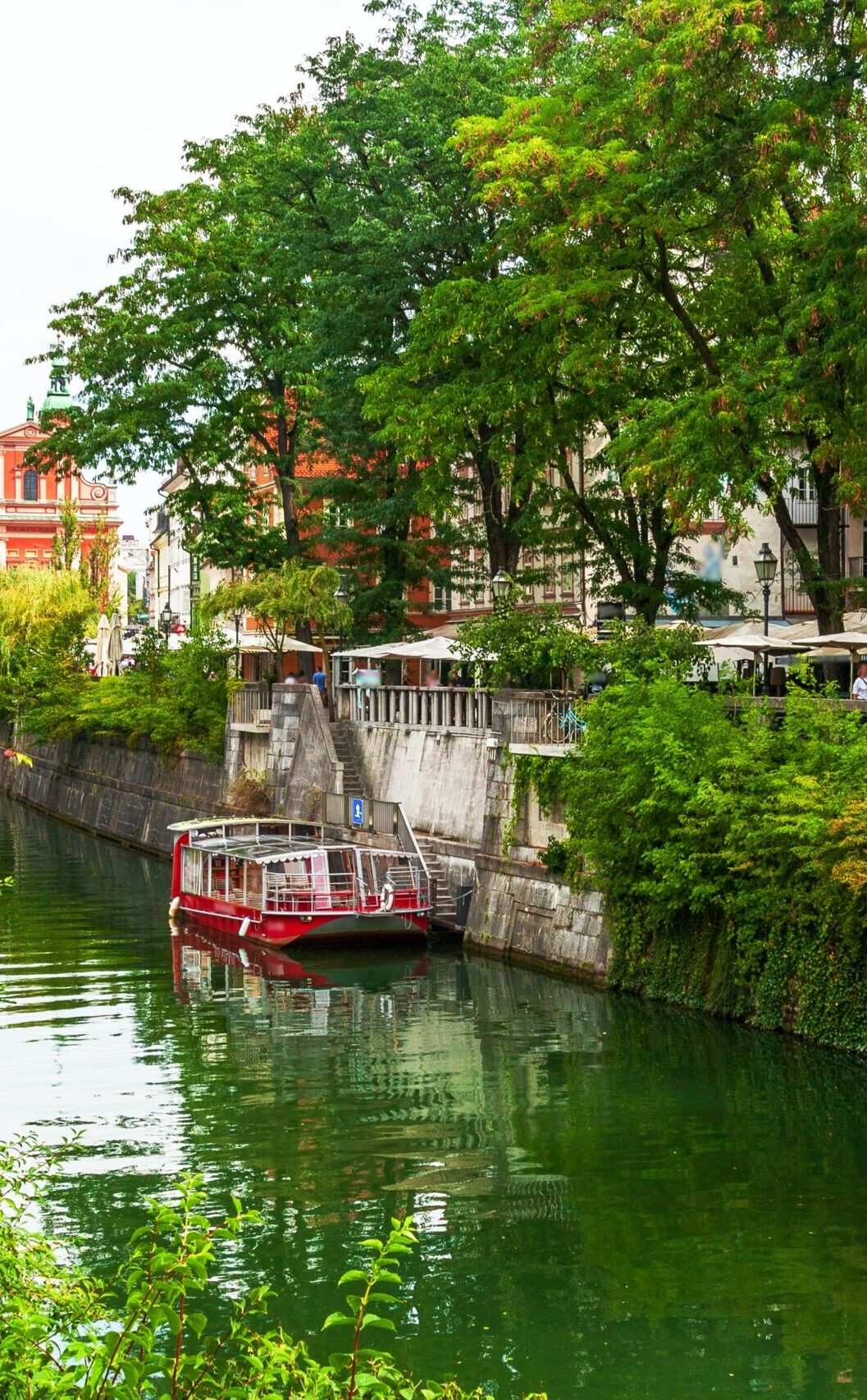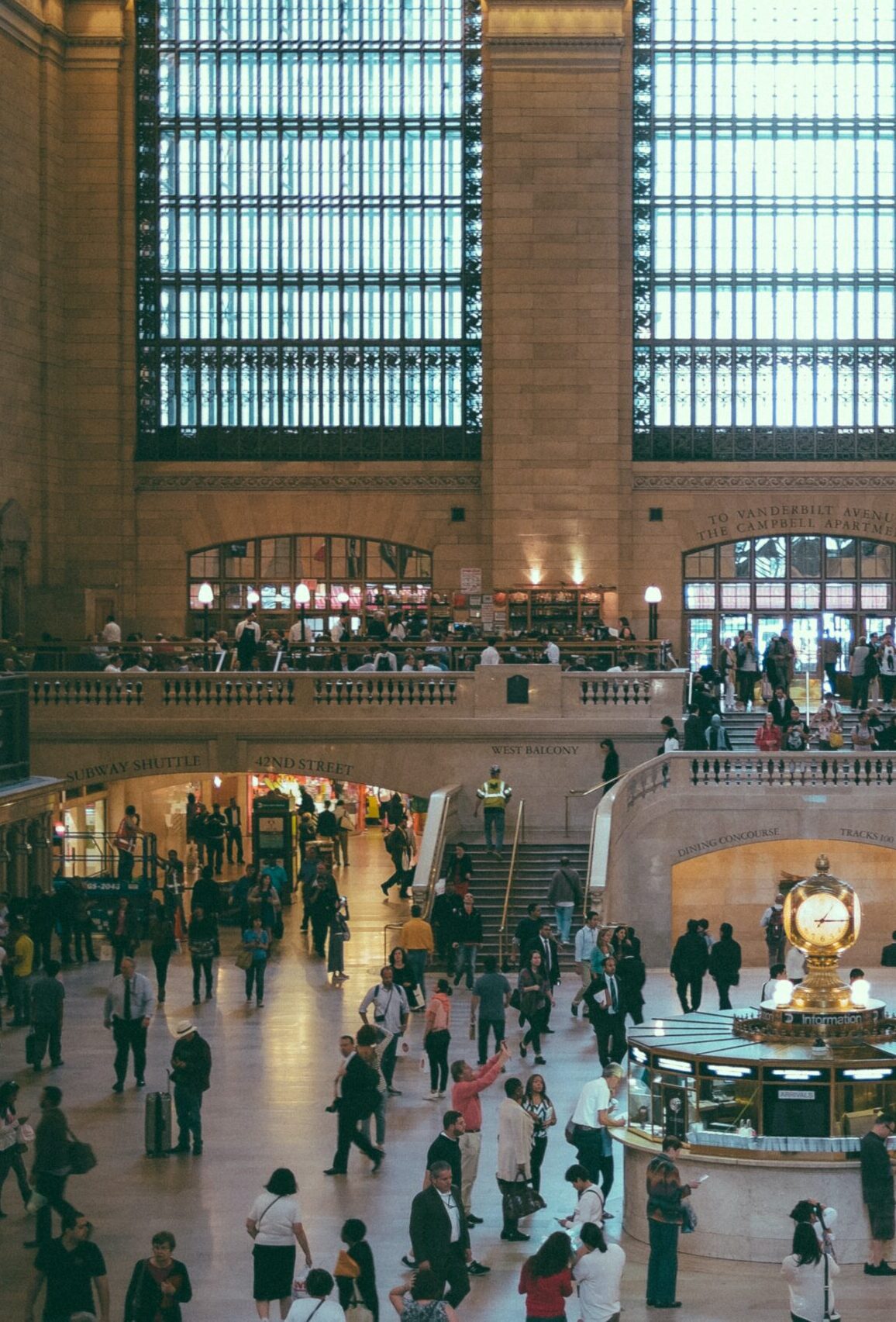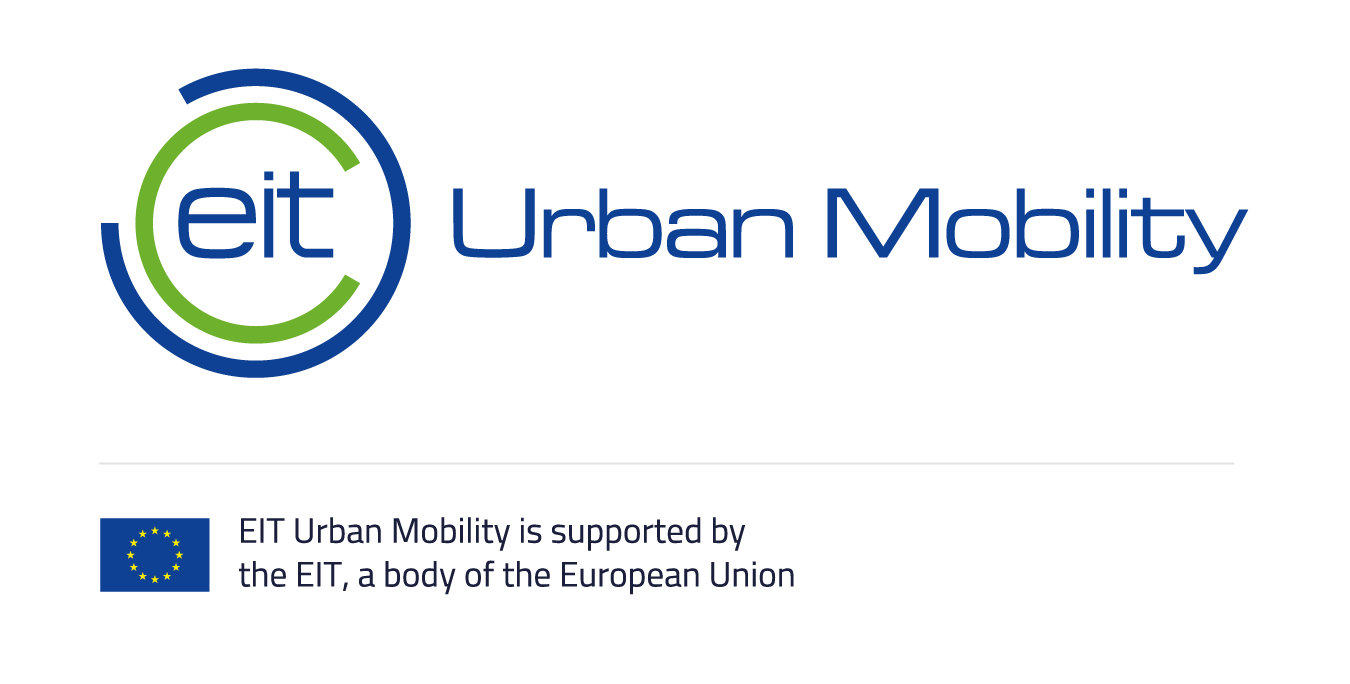Course introduction & objectives
A pedestrian has many distinct natural habitats. You can find them in cities walking around in neighbourhoods and parks, but also rushing with many at the same time rushing for their train at a train station. Often when we go to activities outside our own house, we spend time of our trip walking through public spaces. In some cases, also the activity in itself requires us to walk. For instance, when shopping, visiting a music event or taking a stroll in the park.
Assignment 1.1 – Your choices
Take a minute to recall the activities you performed yesterday and write down which modes you took to move from one activity to the next. Be as specific as possible. For instance, if you took the bus, how did you get from your house to the bus and from the bus stop to your destination?
When done with your list, identify:
1. How often did you use each mode of transport?
2. How frequently did you walk yesterday?
3. Where did you walk?
Sustainable cities
Besides an easy and accessible manner to get from one place to the next, walking is also seen as one of the most sustainable ways to travel. Often one of three reasons to identify walking as a sustainable modality, namely:
Firstly, pedestrians have a very small physical footprint and take up little space. In comparison, a pedestrian takes up roughly 0.4 x 0.6 meters (0.24 square meter), while a car takes up 5 x 2 meters ( 2 square meter per person by an occupancy of 5 pax). This often means that cities have to dedicate relatively little space to pedestrians in order to make spaces accessible for their citizens. As this low space requirement goes hand in hand with a limited use of resources for pedestrian infrastructures, the energy and CO2 footprints of pedestrian infrastructure is very limited.
Secondly, pedestrians emit little additional toxic gasses when moving. Where vehicles emit on average (ECF, 2013) 271 grams of CO2 per kilometre driven and busses 107 grams of CO2, bicycles and pedestrians emit only 5 grams per kilometre driven. As a result, increasing the uptake of walking and cycling in favour of using cars (and to some extent public transport) limits the emission of greenhouse gasses in general and CO2 in particular.

Photo by Eugene Kuznetsov on Unsplash
Thirdly, pedestrians emit little sound. More and more, scientists uncover the adverse health effects of living in a continuously noisy environment (Munzel et al., 2020). In particular, nighttime noise is found to lead to increased stress reactions, which can result in a number of unpleasant diseases, amongst which vascular stiffness and arterial hypertension. Thus, reducing the average noise levels, especially at night, has a positive impact on the overall health of the population.
Serviceable transport

Photo by Callum Chapman on Unsplash
Beside the use of walking as a main mode. Walking is also often used in combination with other modes of transport, such as train, metro and bus. In those cases, travellers can choose to walk during the first miles towards the public transport access point, their transfer between modes and services and the final stretches towards their destination.
Various researchers have shown that the waiting and walking time effect a trips total utility. In general, out-of-vehicle times are perceived as more onerous than in vehicle times (Iseki and Taylor, 2009). More specifically, waiting time is most negatively values, followed by the time required to walk the first- and last miles of the trip (Navarette and Ortuzar, 2013). Moreover, travellers value their transfer reliability to a greatly. Crowding of stations negatively influences transfer reliability and thus negatively influences the public transport experience.
As the emissions of public transport are also lower than that of vehicular traffic, the increased uptake of public transport is essential. Improving the experience of people during on the walking parts of their trip is important to provide the best travel experience possible.
Safe events
People also congregate for the joint enjoyment of music, sports and religious events. Often, large crowds gather in an environment with limited dimensions, such as a stadium, square or music venue. These venues are designed to handle large crowds. In some cases, the event terrain is constructed specifically for a particular event, for instance on an open grassy field or squares in the middle of the city.
When bringing thousands of people together in reasonably confined spaces, keeping them safe is of the utmost importance. During the events, this is often less of an issue. Yet, at the start and end of events, safety can become more problematics, when everyone is entering or exiting at the same time. Similar potentially dangerous high-pressure crowds can occur near the (music) stages or in the walking corridors.
Up to the end of 2019, the number of events was on the rise. We expect the events to return after the COVID-19 pandemic has calmed down. Thus, the event crowds are expected to return in the years to come.

Photo by Aranxa Esteve on Unsplash
Learning Objectives
In order to achieve any of the three crowd management objectives, fundamental knowledge pertaining pedestrian movement, choice behaviour, traffic engineering and intelligent transportation systems is required. The following modules will provide the fundamentals thereof.
After finishing reading this website and the suplemental material, you should be able:
- to understand the crowd management objectives,
- to understand what crowd management is and is not,
- to understand the theoretical principles and insights that form the foundation of crowd management interventions,
- to apply and analyze crowd management principles to design crowd management strategies,
- to understand the impact crowd management interventions,
- to understand the pro’s and con’s of intelligent transportation systems for crowd management applications,
- to understand the pro’s and con’s of machine learning for crowd management applications.
We wish you an inspiring journey!
References
ECF 2013. How much CO2 does Cycling really Save? posted: 11 July 2013, visited: 17/12/2020, url: https://ecf.com/news-and-events/news/how-much-co2-does-cycling-really-save
Iseki, H., Taylor, B. (2009) Not all transfers are created equal: towards a framewok relating transfer connectivity to travel behaviour. Transport Review, vol. 29, pp. 777-800.
Munzel, T., Kroller-Schon, S., Oelze, M., Gori, T., Schmidt, F., Steven, S., Hadad, O., Roosli, M., Wunderli, J-M., Daiber, A., Sorensen, M. (2020) Adverse Cardiovascular effects of traffic noise with a focus on nighttime noise and the new WHO noise guidelines. Annual Review of Public Health. Vol. 41, pp. 309-328.

info@cityflows-projects.eu
Stevinweg 1, Delft, The Netherlands
